Discoveries That Make Us Rethink History - When The Facts Seems Stranger Than Fiction
We may think that we've got history pretty much figured out, but every now and then new findings appear to challenge our traditional beliefs.
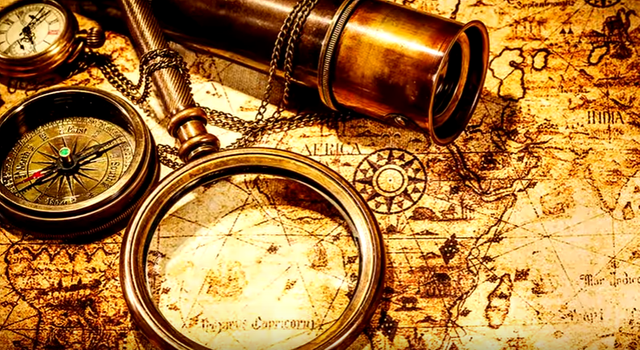
This post is intended for discussion purposes only and does not assert any of the theories put forward.
Here are 8 discoveries that may make us rethink history.
The Mysterious Piri Reis Map
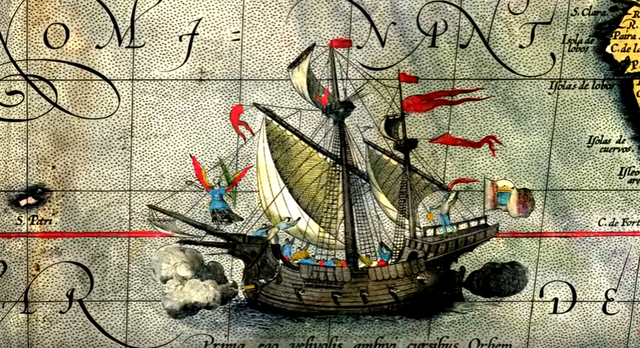
Piri Reis was a Turkish admiral, geographer, and cartographer who sailed the high seas during the 16th century while serving under the Ottoman Empire.
Throughout his many voyages, he often sketched the coastlines of the places he visited and in the 1920's, one of his maps was discovered accurately depicting the eastern coast off of South America, the western coast of Africa and the northern coast of Antarctica.
What's interesting though is that these areas are mostly just recently discovered his time and not even the European voyagers who supposedly pioneered far sea explorations had managed to come up with such intricate and accurate maps.
But what truly remain a mystery is the manner in which the Arctic coast was sketched during that time. The technology available was not quite adequate to effectively sketch the continent's coastline, which has been buried under ice since, supposedly 4000 BC.
The question is:
How were they able to so accurately draw Antarctica's coastline? Could Piri Reis have secretly been a brilliant scientist hiding a sonographic radar?
The Vikings Made Contact With Native Americans
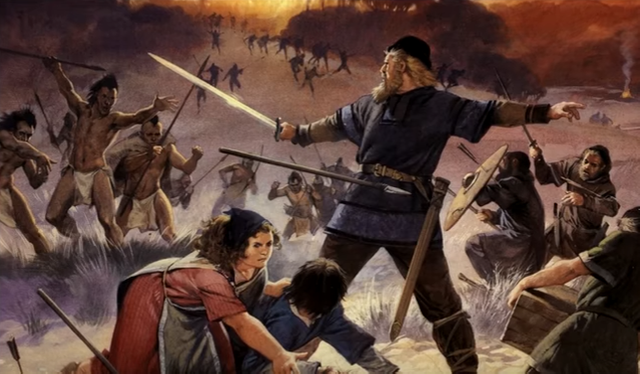
Many debates have raged on regarding who was the first to discover the Americas. However, it's now widely accepted that Icelandic Vikings led by Lief Erikson had discovered the New World 500 years before Christopher Columbus.
The Vikings have since long told stories about northern lands in the far west which they called Vinland and this is supported by the discovery my many traces of Viking settlements in modern-day Canada.
It's also been proven that the Vikings had considerable interaction between them and the native population of the time and they did more than just meet each other.
Through DNA analysis it's revealed that a percentage of modern day people of Iceland have a genetic marker that indicates they may share a female Native American ancestor. The logical explanation is that the Vikings could have at least one Native American woman back home.
Humans Could Have Walked Alongside Dinosaurs
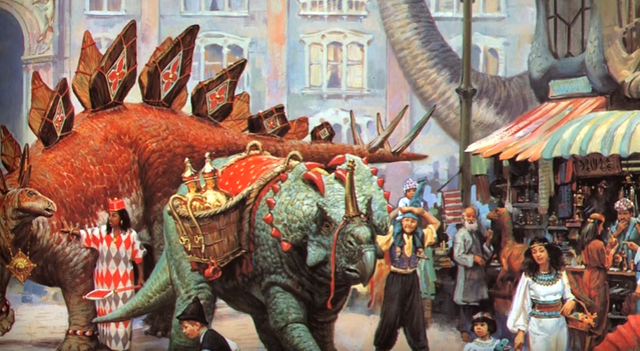
In May of 2012, a group of excavationists unearthed a brow horn in Dawson County, Montana that belonged to a triceratops dinosaur. When the horn was taken for carbon dating it was determined that it was estimated be only about 35,000 years old.
Now, this naturally threw all archaeologists and paleontologists off guard, since traditionally it's believed that dinosaurs lived well over 65 million years ago, according to science. In fact, this would support the radical theory that early humans may have walked alongside the giant reptiles thousands of years ago. So, the Flintstones could actually be more real than we think.
This, of course, made it necessary to reconsider the dating of dinosaurs. Dinosaur bones are often never subjected to carbon dating, as the procedure is theorized to only be reliable to objects that are estimated to be up to 55,000 years old. While dinosaurs are believed to be by science to be way older than that.
However, most paleontologists are against the idea of re-dating the bones and instead, choose to stick with the current information that they have.
Buddhist Skeletal Remains

In 2010 a team of Chinese archaeologists uncovered an ornate shrine underneath a 1000-year-old Buddhist temple. In it, a stone chest with carved inscriptions saying that Buddhist skull bones lay there in another tiny, golden chest within.
The team uncovered the golden chest and within its contents, they found a piece of human parietal bone.
Buddha is known as the sage who, based on its teachings, Buddhism was founded. He's believed to have been a prince from India, who in a quest to obtain enlightenment, left behind his cushy palace life and the materialistic world. His teachings would them be spread far and wide, particularly throughout the Indian continent and later through the far east.
The inscriptions on the shrine describe that after Buddha had died his body was cremated in India before the ruling king divided his remains into thousands of separate pieces. Nineteen of those pieces made it to China, with that one particular piece being safely placed in a crypt underneath, built by the Emperor in the 11th century.
It is truly difficult to prove that bone does belong to Buddha, but many Buddhist already revere it and make pilgrimages to the temple.
Antikythera Mechanism
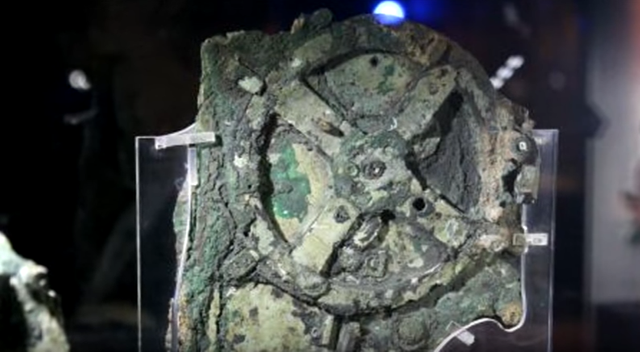
It was the year 1900 when some Greek sponge diver were blown off course in a storm and took shelter on Antikythera, a small island near Crete.
After the storm had passed by they realized they were hungry and went in search of clams and to their surprise they discovered a 2000-year old wreck of an ancient cargo ship that had been carrying some bronze statues.
The contents of the wreck were salvaged and placed in the National Museum in Athens and among them was a strange lump of bronze and wood, which was at first, not really given that much notice.
Upon further investigation, it was proven to be one of the most astounding archaeological findings ever. The fragments were what was left of a mechanism that had consisted of at least 30 separate cog wheels cut from bronze and housed inside of a wooden box.
It was a sophisticated, portable clockwork machine and probably the earliest known form of what we would consider a computer.
It's theorized that the piece was built around 100 BC and accurately predicted the relative positions of the sun, the moon, and known planets on any chosen day. It even signaled dates when the Olympic games fell.
We know that the ancient Greeks were clever, but whoever built this device was beyond genius.
Gobekli Tepe
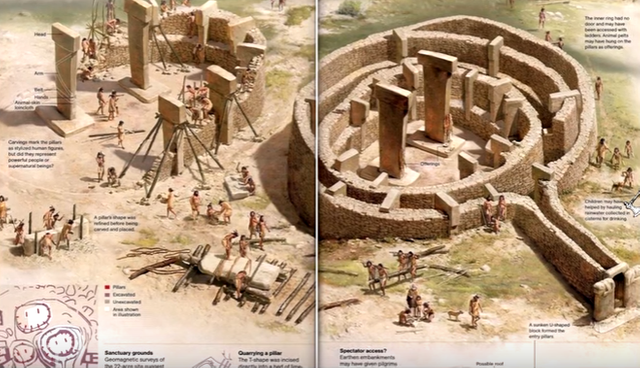
Gobekli Tepe, the world oldest temple complex. In 1996, archaeologists began seriously excavating Gobekli Tepe, an ancient site atop a mountain ridge in southeast Turkey. What they managed to unearth is probably one of the most important archaeological discoveries of our modern time.
They discovered a 12,000-year old temple complex built at a level of sophistication and complexity far beyond other paleolithic civilizations at the time.
The site consists of 20 round structures and elaborately carved pillars up to 18-feet tall weighing 15-tons each. The Gobekli Tepe has since been compared to Stonehenge, which it's theorized to predate by at least 6000 years.
The site is now considered one of the world's oldest temple complexes. Further excavations in 2015 uncovered an ancient pictograph on an obelisk which researcher say could be the oldest known pictograph ever discovered.
Voynich Manuscript
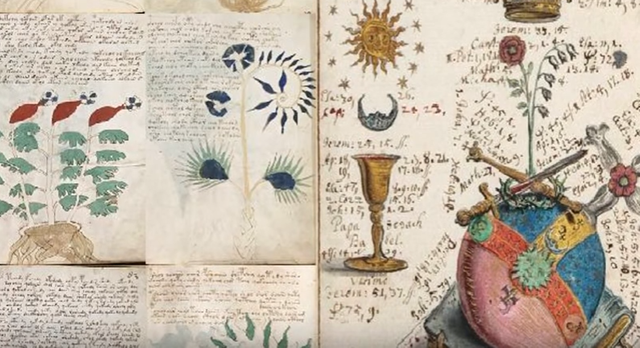
In 1912 a Polish book dealer by the name of Wilfred Voynich purchased a curious manuscript from a library in Rome written in am unknown language that no one was able to read. Based on the illustrations the book seems to have been divided into scientific topics ranging from astronomy, cosmology, biology and pharmacy.
The characters and images within were illustrated in a European style, but the words and letters and totally unrecognizable. Its vellum parchment has been carbon dated to the early 15th century and that roughly coincides with the birth of cryptography in Europe. If so, the bizarre pictures and dense text may be a complex code of some sort.
Throughout the years many have sought to decipher the writings including teams of codebreakers from both world wars, but none have been successful. Some have come to think that it's nothing but meaningless gibberish, a prank made my a renaissance scholar. However, in 2013, a researcher who analyzed the text found that it had matching patterns found in real languages.
Then in 2014, a linguistics professor named Steven Backs said he had deciphered ten words and is currently working to decode the entire manuscript.
The Stone Walls Of Saksaywaman
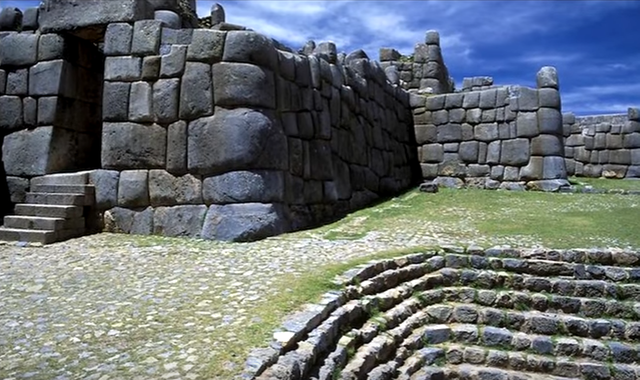
Saksaywaman is a citadel located within the ancient Incan city of Cusco in what is now modern Peru. Its three parallel walls are made of giant limestones with largest weighing up to 140 tons.
There are no other walls like these in the world and they are very much different from the pyramids, Stonehenge or any other ancient structures built with giant bricks.
It's still a mystery to many as to how these ancient Incans could have moved such heavy stones and place them together so perfectly that not even a piece of paper could fit between the rocks in most places.
Even today, some have come up with bizarre theories suggesting them as the work of aliens or otherworldly beings and many refuse to believe that the ancient Incans built the great walls themselves.
This has been a look at some of the discoveries that may make us rethink history, but what do you know about them?
What did I not include in my list? Let me know what you think in the comments below

This post has been ranked within the top 25 most undervalued posts in the first half of Dec 11. We estimate that this post is undervalued by $9.28 as compared to a scenario in which every voter had an equal say.
See the full rankings and details in The Daily Tribune: Dec 11 - Part I. You can also read about some of our methodology, data analysis and technical details in our initial post.
If you are the author and would prefer not to receive these comments, simply reply "Stop" to this comment.
I knew of all of these, but I love topics like this.
Me too. Makes you think and wonder. They say history is written by the victors but there's more than one side to every story.
History = His + Story
I don't like to say history is written by the victors, I've started instead saying history is EDITED by the victors. Since History could be viewed as TRUTH about the past, and if that is your view then history as we know it is an EDITED glimpse at the truth about the past by whomever the victor was. Considering most people have a really hard time admitting when they are wrong, it leaves this edited history highly suspect.
Agreed.
Great topic luzc!
Thank for reading my post.
I love this stuff as well. How about a more modern mystery.
THE MYSTERY OF THE CORAL CASTLE
http://www.todayifoundout.com/index.php/2013/10/mystery-coral-castle/
Cool, I've read about the coral castle. Thanks.
Fun topic.
My aunt was Hawaiian. She said that there are legends of blue eyed people on the islands. Is it possible that Vikings (or other Europeans) discovered Hawaii?
Ive heard of the red eyed people in Hawaii.